What if you were a company?
We know that just about anything and everything can be branded. When you put together your resume, profile, or other personal marketing materials, you are defining yourself as a brand. The purpose of a resume is to help set you apart from the competition, to advertise yourself as the best "fit" for an assignment, job, or position. You are considering what makes you different, unique, and superior.
Points of Parity
In marketing speak, we talk of points of parity and points of difference. You cannot have points of difference (PODs) without having points of parity (POPs), so we'll begin our discussion with POPs.
(POPs in this sense should not be confused with POPs and POSs in the marketing communications design mix, which refer to point-of-purchase and point-of-sale display materials.)
If you were launching a new product, such as a new facial soap, you would first need your potential market to identify your product as a soap. Purchasers already have a set of ideas and standards associated with facial soap: it cleans, and it does not clog pores. If your product does not actually cleanse the face, or if it leaves a greasy film, your market will not identify it in the category of "facial soap." It doesn't mean the product does not have a market--perhaps it is an excellent nighttime cream, or works well as stage makeup. The point is, in order for you to sell that product as a facial soap, there are a certain set of standards that it must meet, which are defined by the consumer, based in large part on other existing products within that category.
What makes your facial soap similar to other facial soaps on the market are its points of parity. When launching a new product, it is important to establish those points of parity in the consumers' mind so that you can then identify points of difference.
The POPs in design
Graphic design is full of conventions, and for good reason. People expect things to be in certain places on a page in order for them to find what they need quickly. In Don't Make Me Think, a book on user interface Web design, the author Steve Krug repeatedly talks about not reinventing the wheel, about putting the navigation where users expect a nav would be, as well as following established conventions for logo placement, footer information, and utility links. Conventions are also important in textbook and other informational layout design in establishing how to identify key points, page numbers, exhibits/figures, and callouts.
Though you usually won't hear them referred to in this way, these conventions are like POPs. We identify a page as belonging to a newspaper because the headlines look a certain way and the text is in narrow columns (hence, lending credibility whether or not it is deserved); we can easily spot the different components of a book or album cover (author, title, enticing image). When we create a design that is meant to look innovative, we do so by breaking these conventions. We have to be careful when we do so, however, because if we go too far from what is considered normal, we may lose our audience. We can also use the conventions of one medium to enhance the look of another; for instance, the ever-popular "advertorials" use the convention of a magazine article to make an advertisement look like an informative addition to the magazine. (These look so lifelike, in fact, that you'll notice these always have the word "Advertisment" in small letters at the top or bottom.)
The POPs in you
Shifting away from the design and back to the designer: you. When you create your personal brand—that essense of yourself that you want to convey through your resume, portfolio, and in some cases, sole proprietorship—you need to make sure you understand your POPs. Otherwise, potential hiring professionals, clients, and colleagues may not understand exactly what it is you do. And without understanding your profession, it's difficult for you to establish what makes you competitive.
In each profession, there are certain ways of referring to what you are and what you do. Are you mid-career? Senior level? A graphic designer? A print graphic designer? A Web designer? A Web developer? A technical writer? A copywriter? Understand what the terms are regarding your career, and what is expected at the level and named profession with which you define yourself.
POPs are a good thing
Imagine, if you will, that you were suddenly forced to move to a region where there was nobody who did what you do. How would you explain what you do? How would you get a job? How would you get clients? What you do is very important, but if no one knows what it is, convincing them that it is important might be difficult. POPs help set the standard so you can rise above it.
Don't take POPs for granted
Just because it may seem obvious to you that a mid-career print graphic designer knows how to use InDesign, a resume may get passed over by HR because it does not spell out "InDesign" in the skills list. Never sell yourself short, and make sure you put all your skills and relevant experience down. In order to exceed the standards, you need to clearly show that you meet them.
Points of Difference
PODs are what people usually think of when they talk about being competitive. PODs are just that—what sets my facial soap apart from the rest. My facial soap cleans faces without clogging pores (POPs), but it also is the cheapest soap on the market, or it comes in the shape of a duck, or it plays music while you wash your face (you laugh—so did I when I was hired to create the technical illustration for the first Tooth Tunes patent).
Sometimes, PODs can be in conflict with POPs. For instance, if you are trying to establish that something is inexpensive and high quality, or healthy and great tasting. You'll notice that marketers go to great lengths to point out this discrepancy so as to create believability that the PODs and POPs do work together in harmony ("Believe it or not, you can have great-tasting and healthy!").
PODs in design and in the designer
We've already mentioned that breaking conventions, or creating points of difference in your design, is a great way to establish your design as innovative and creative; however, as in branding, it must be done in such a way that the viewer still understands what it is that you're trying to create (this really is a movie poster / Web site / cologne ad). For your brand, which translates into your resume and other personal "marketing" materials, your PODs are what make you different from the rest of your peers. It establishes you as being superior in one or several areas. It must be highlighted, noticed, and discussed.
Usually, bullets under each job in your resume are where you let your textual PODs shine. A powerful resume doesn't just use the bullets to say what you did in that job—it lets bullets grab viewers and say "whoa, look at that!" Bullets are where you can really brand yourself well, saying why your role in this position was amazing.
Another POD is the way your resume looks. This is a POD unique to those who know how to construct a creative resume. Creative resumes go beyond the simple list of accomplishments; they are a real "show not tell" indicator of your creativity and boldness.
Your creative resume should reflect the PODs you seek to establish in your bulleted lists. For instance, if you want to highlight your analytical thinking ability, you would not create a design with phrases strayed willy-nilly across a flat yellow page. You might, however, consider writing your "bullets" on the inside of wooden boxes, each with its respective past job position printed on the outside. As long as it is clear that what you are presenting is a resume (and you can decide just how far you can push that POP to be effective), the sky is the limit for your format.
Repurposed from a lecture I originally published in 2013.
Article directory:
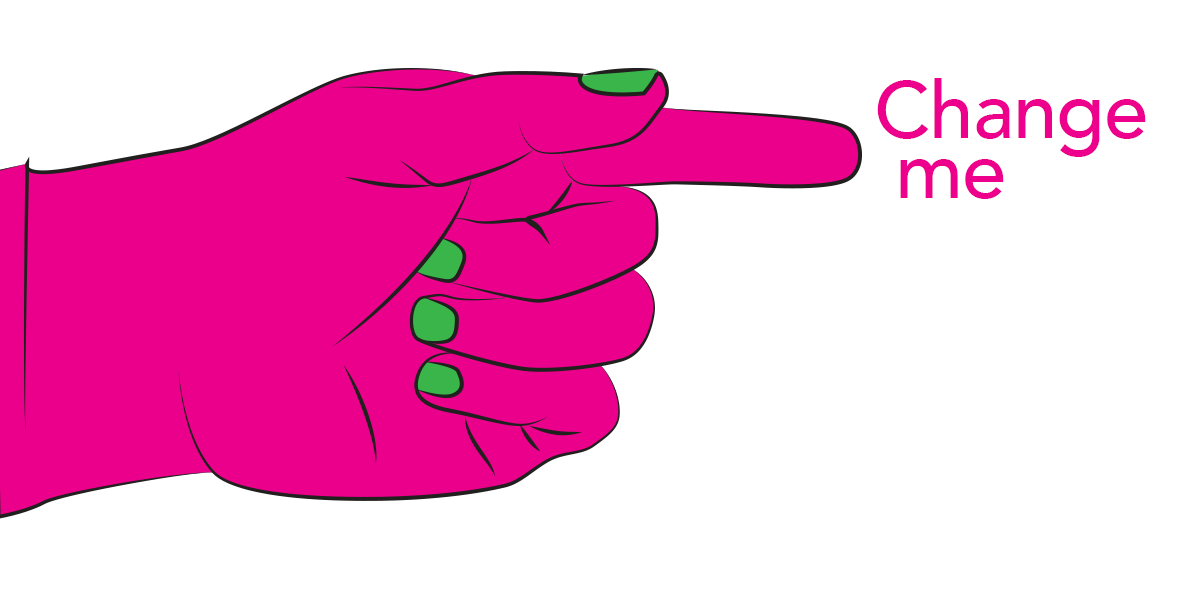
3 Simple Ways to Edit PDFs
Take charge of your files without having to bother your designer
Read more >
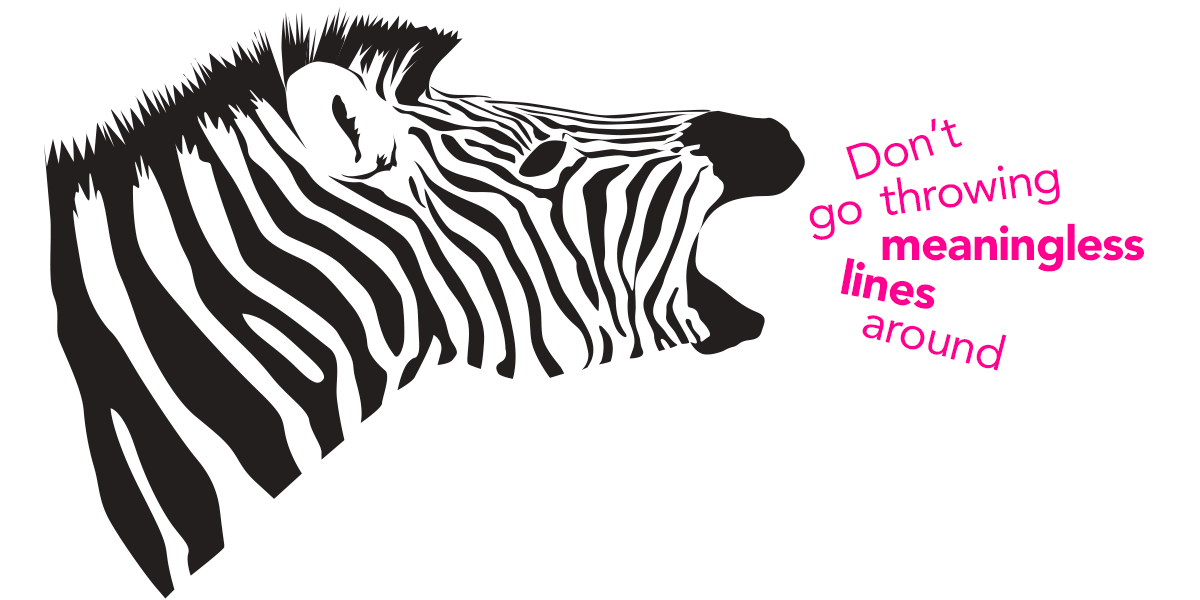
4 Common Mistakes When Using Line in Design
Lines have meaning. Use them correctly or look like a buffoon.
Watch Video >
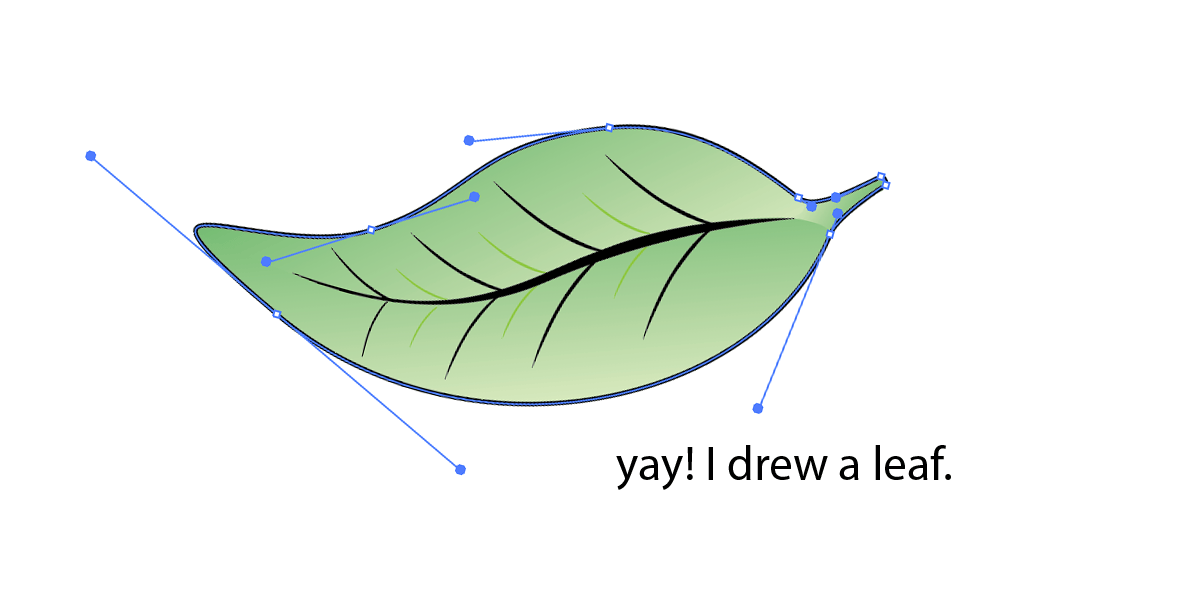
5 Quick Tips for Using the Pen Tool
Nobody likes the pen tool on the first ten tries. These tips will make using it less painful.
Watch Video >
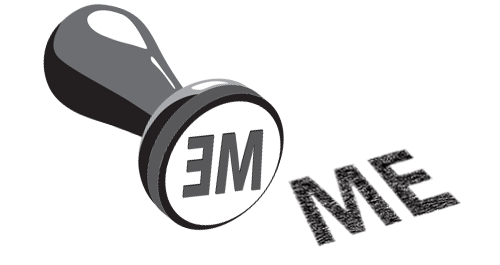
Your own POPs and PODs
Create your personal design brand using marketing principles.
Read more >
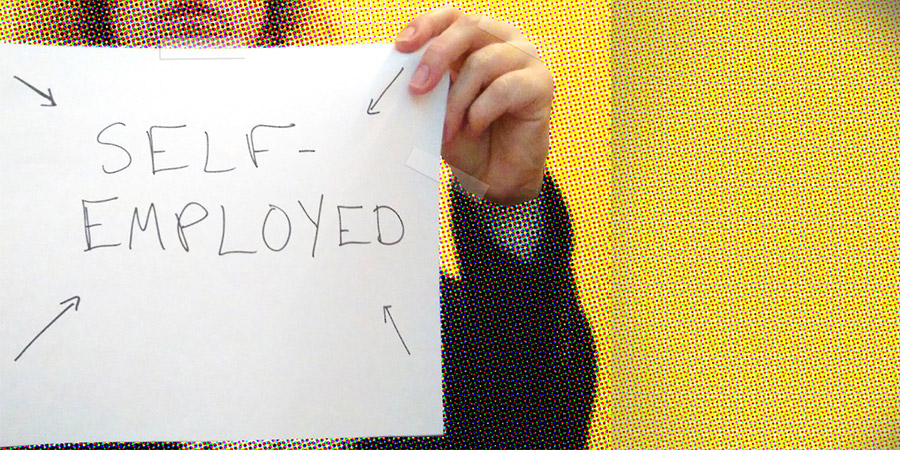
What I tell students when they say they want to freelance
Spoiler Alert: I usually try to talk them out of it.
Read more >
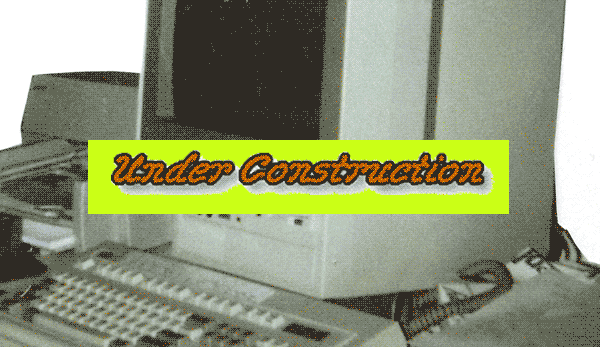
What I miss about Web design of the '90s
Web design has come a long way since the last century, for better or for worse.
Read more >

Semiotics in typography
There is a reason the shape of a serif makes you feel that way.
Read more >
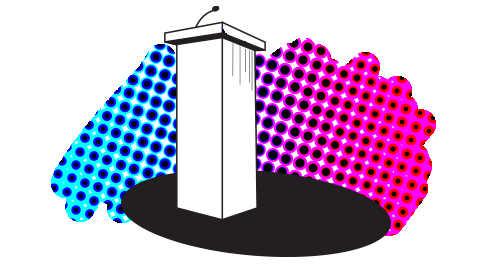
An introduction to Gestalt principles
Know what it's really all about.
Read more >
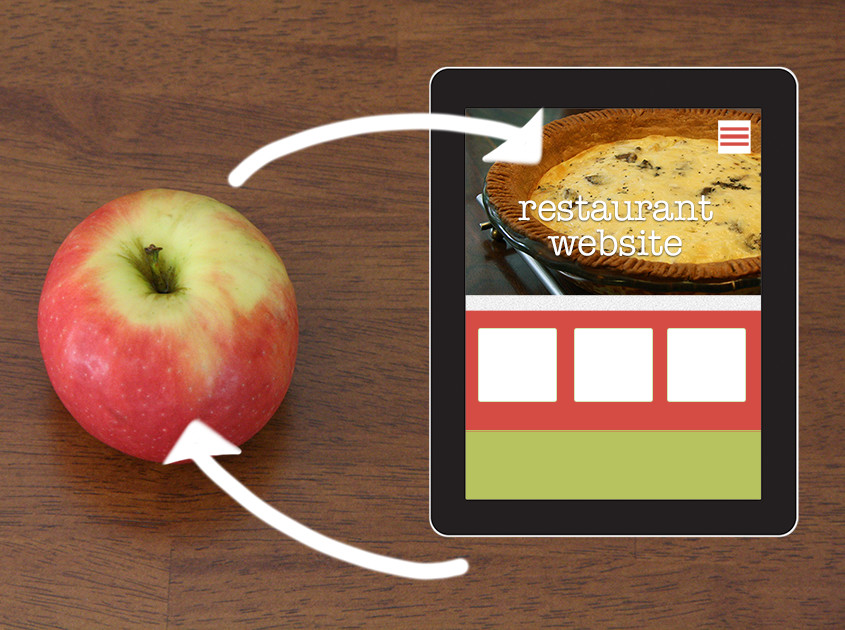
To barter or not to barter
Here are some general guidelines to follow to ensure relationships emerge unscathed.
Read more >
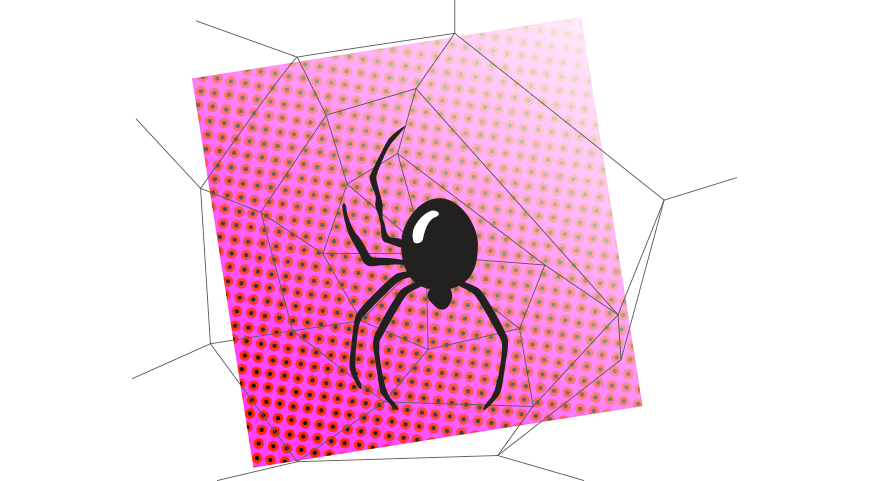
On spiders
A critical analysis of why these creatures strike horror into our hearts.
Read more >

An homage to geometric sans signage
These typefaces became the embodiment of the Modern era.
Read more >
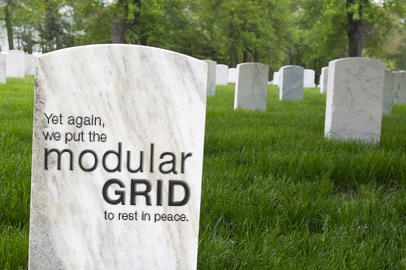
The centered text takeover
A hopeful eulogy for the modular grid.
Read more >
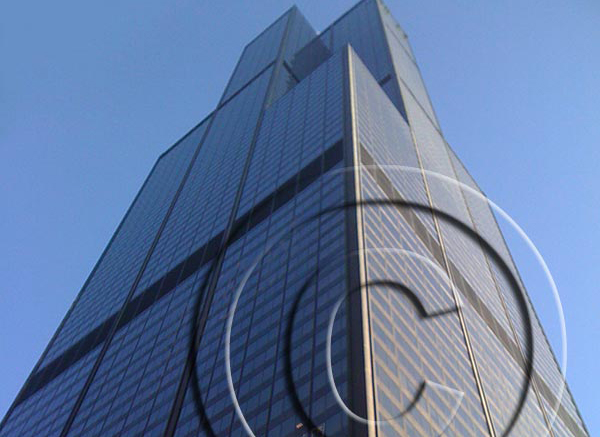
Copyright and Imagery
Know the origin of those images, and know the licensing agreements therein.
Read more >